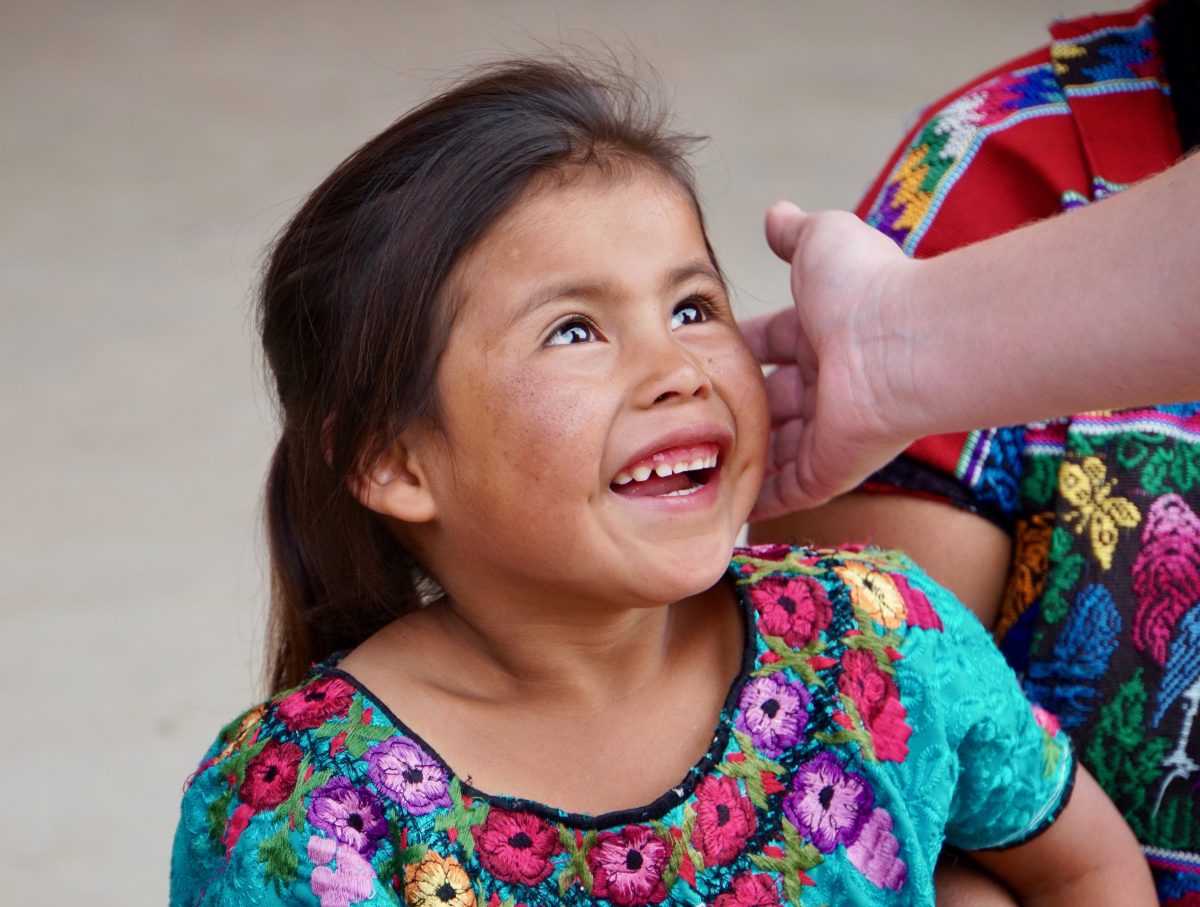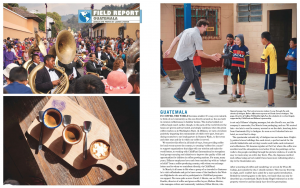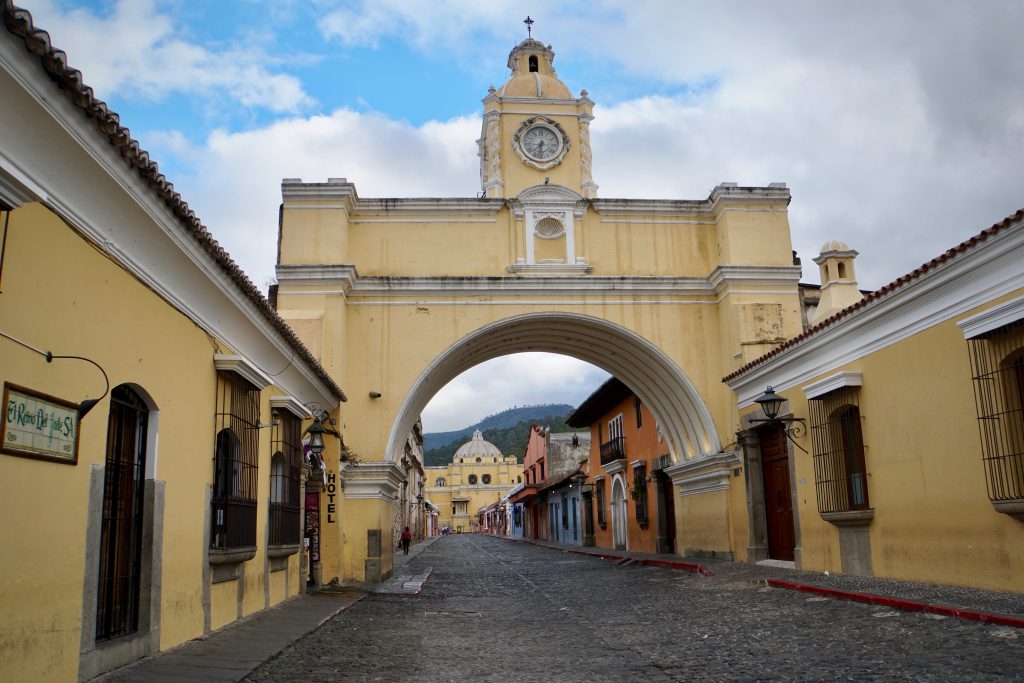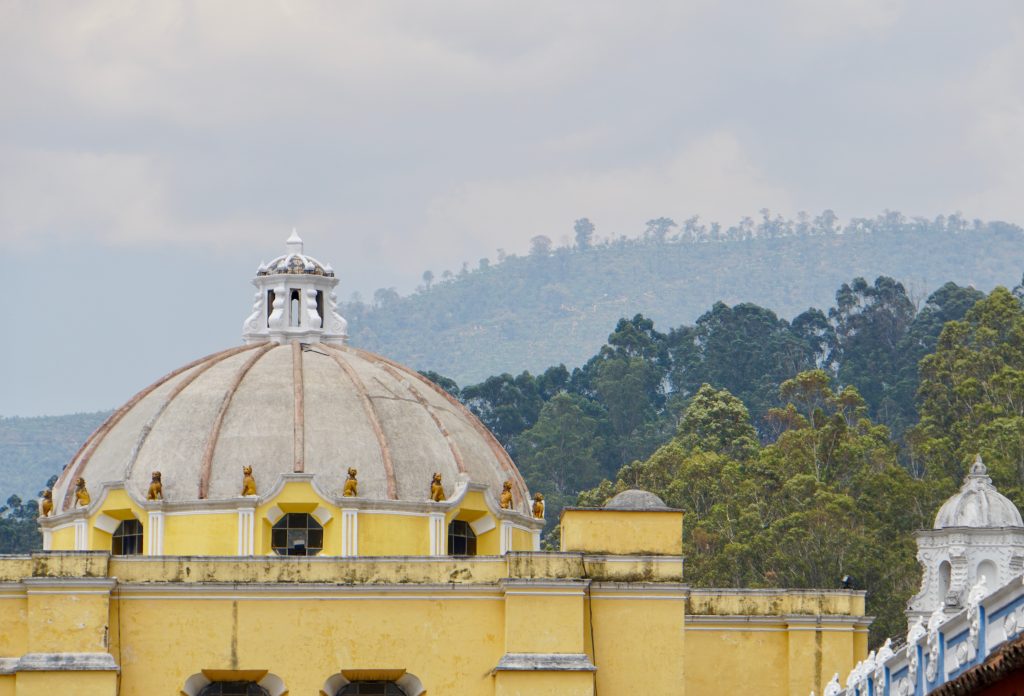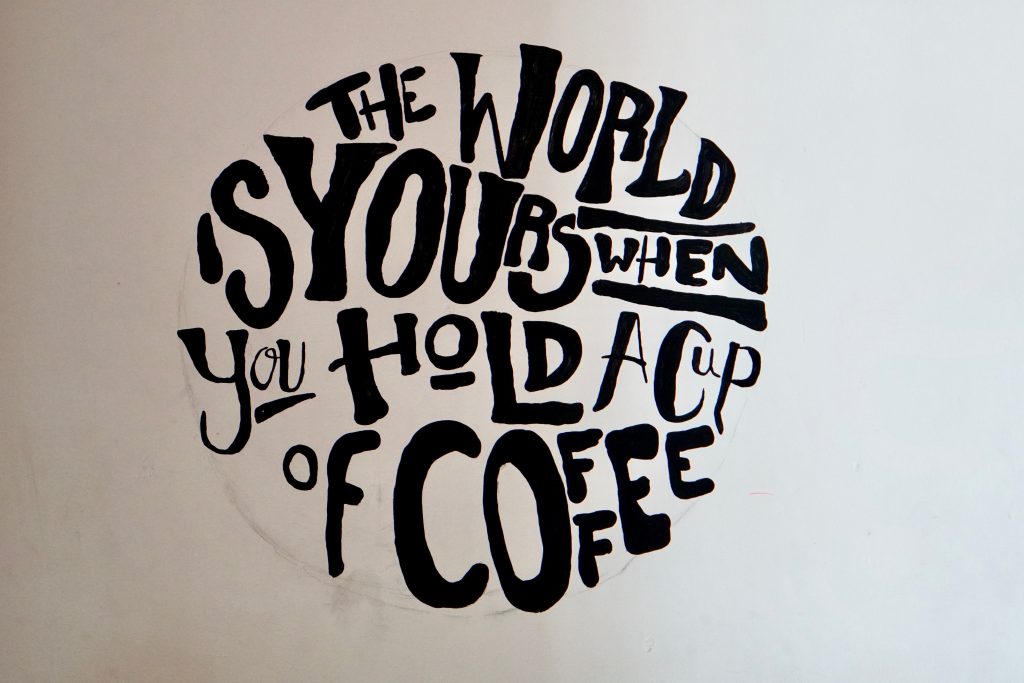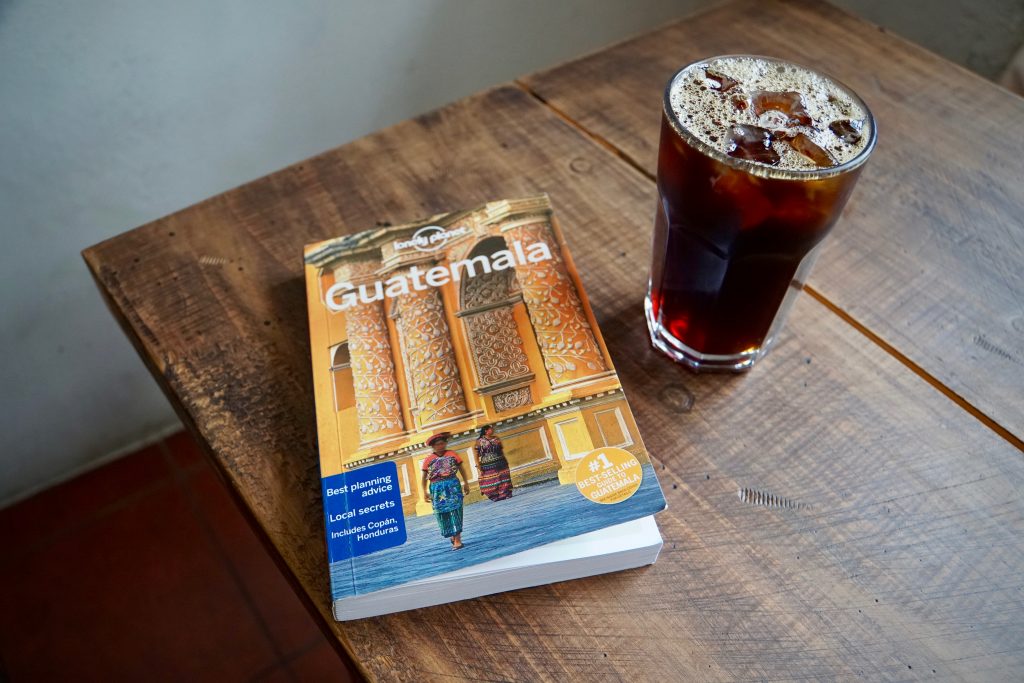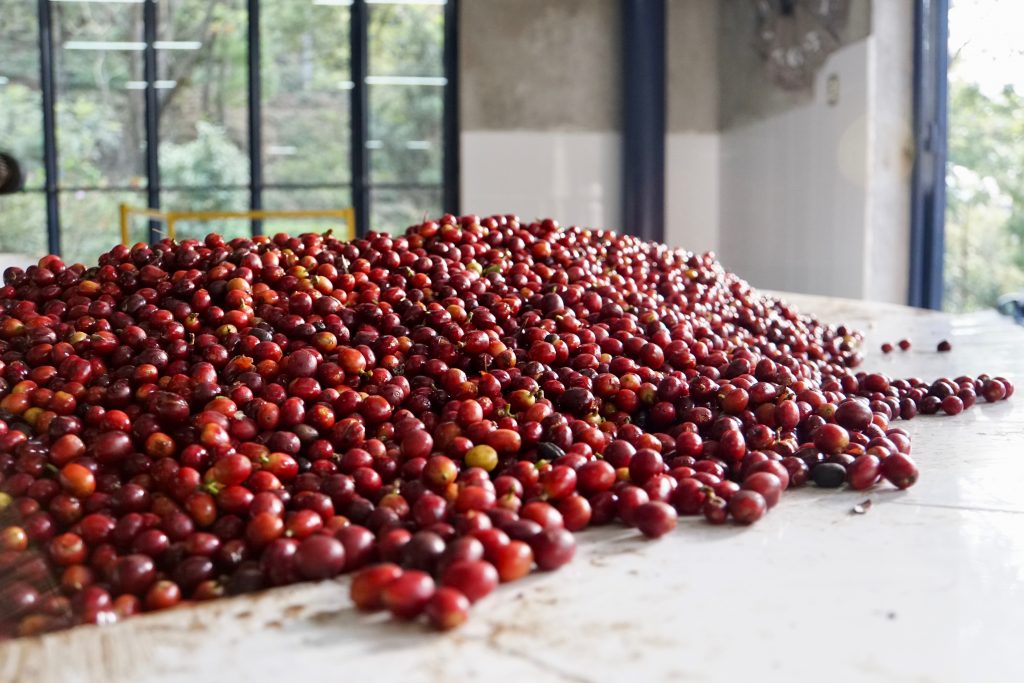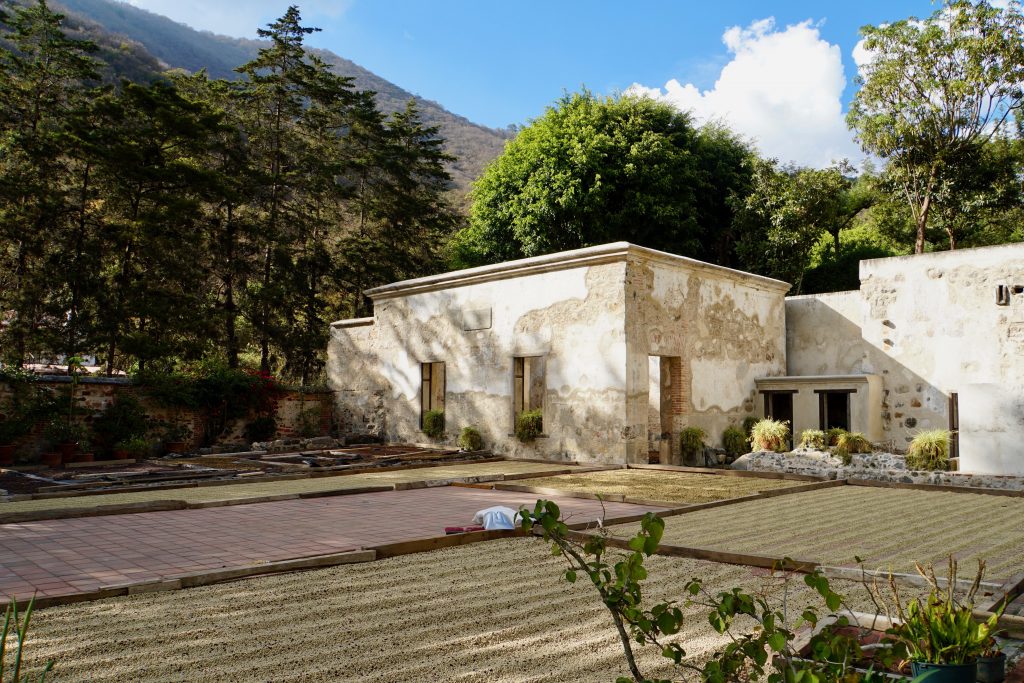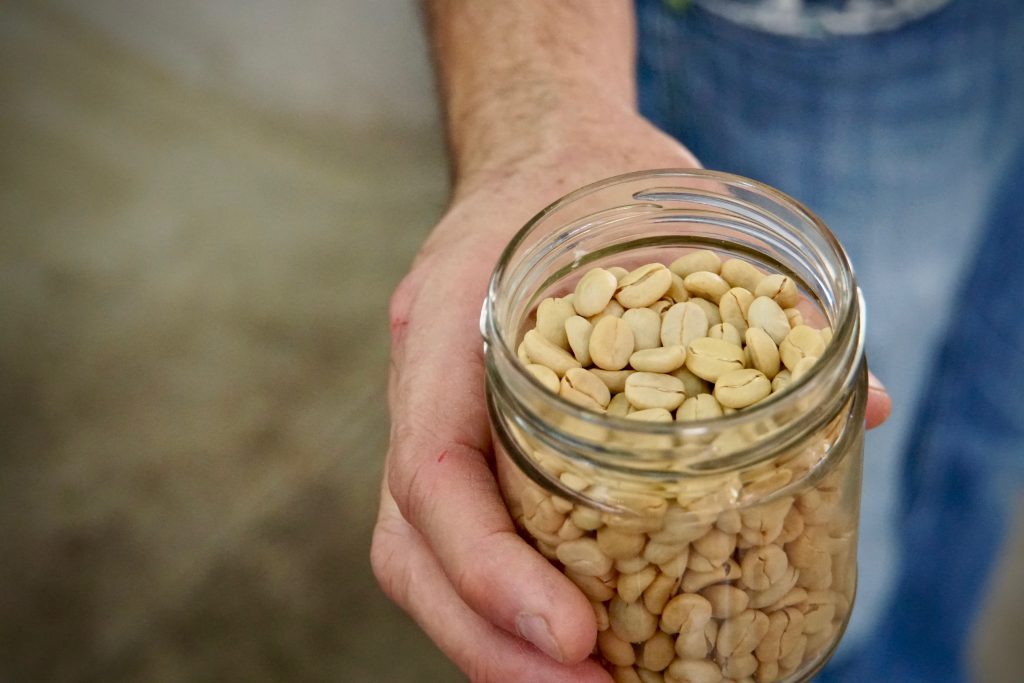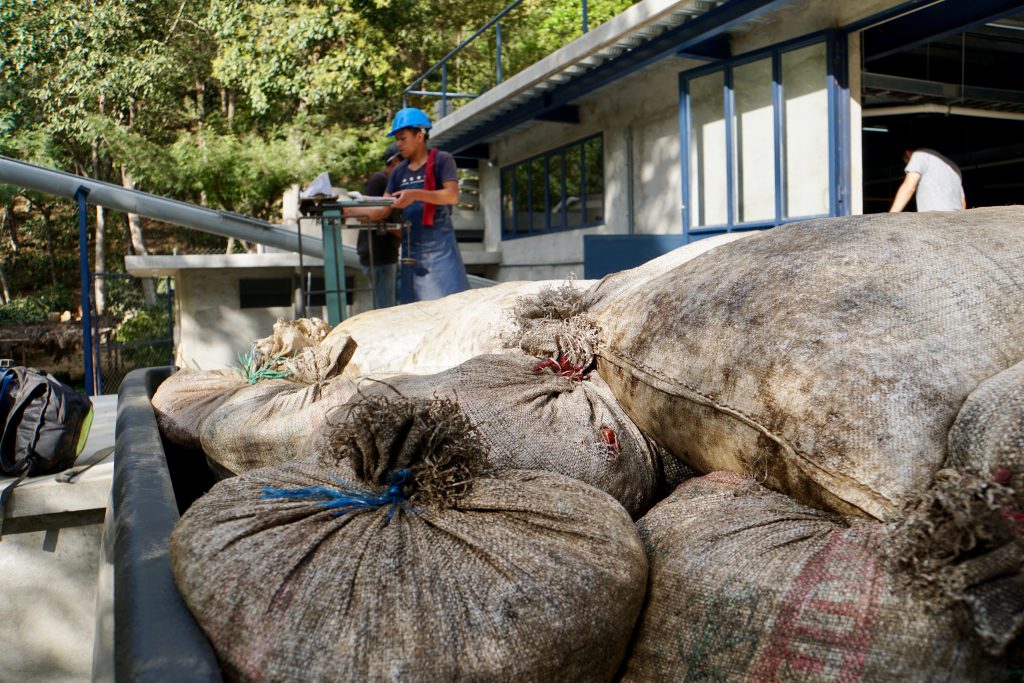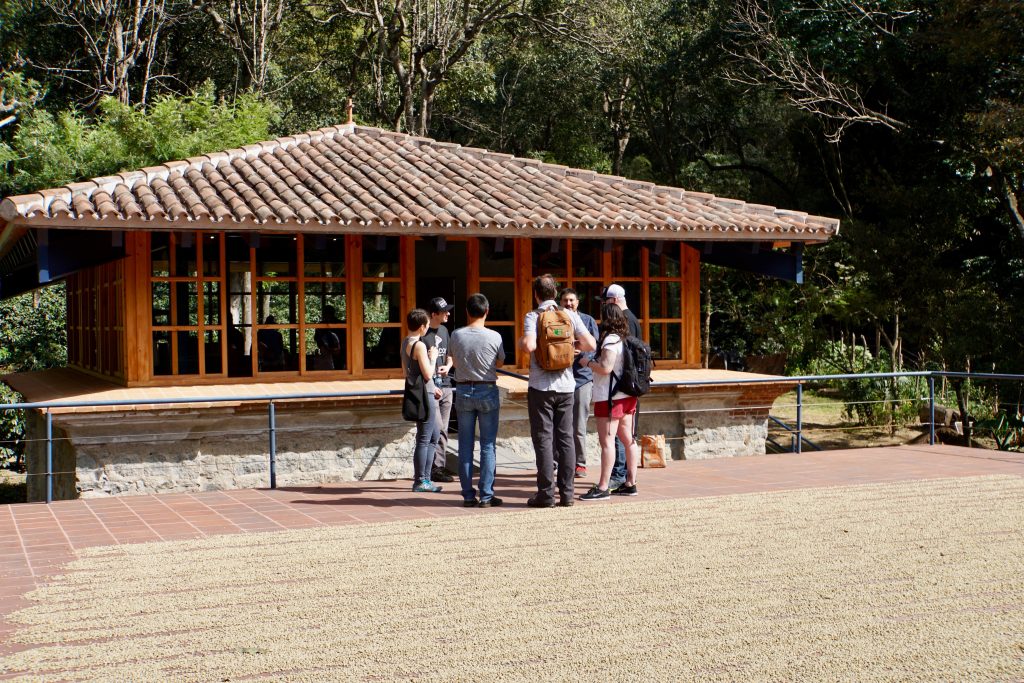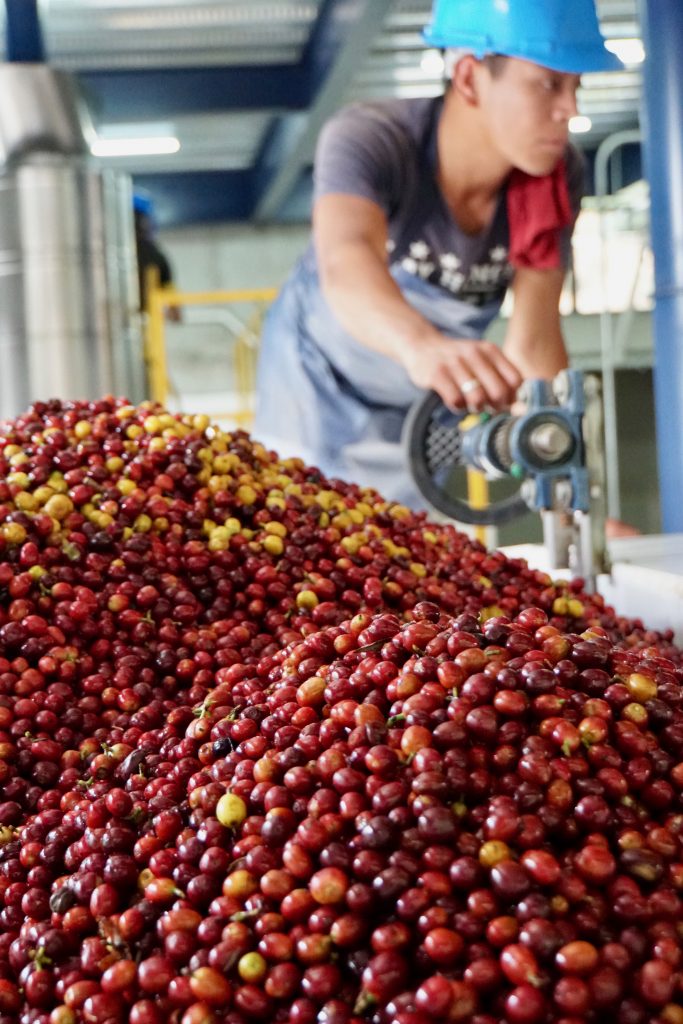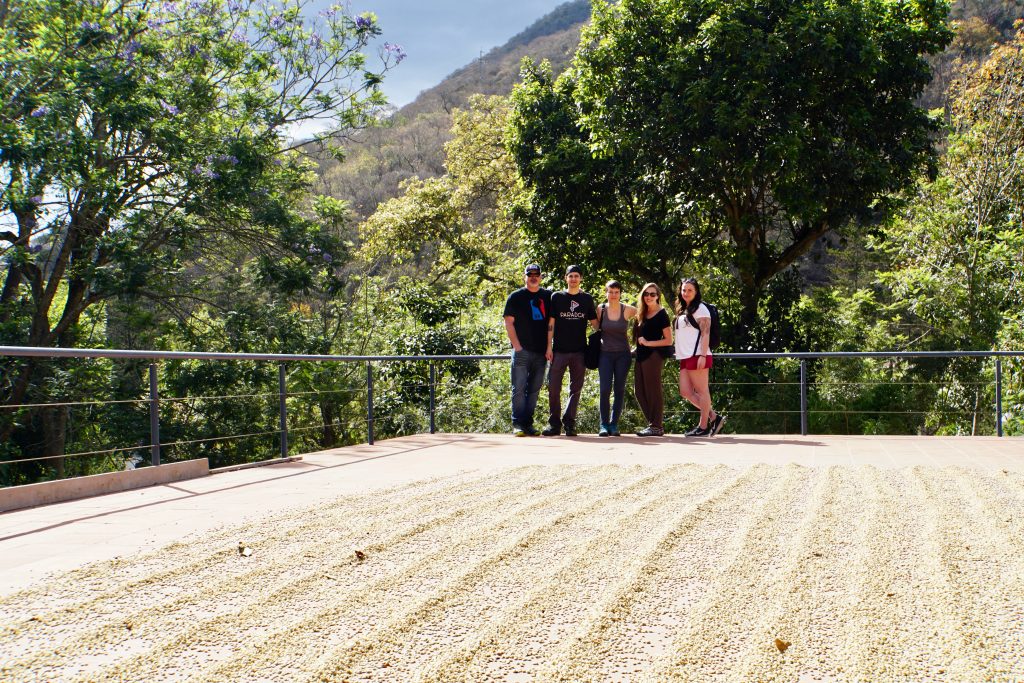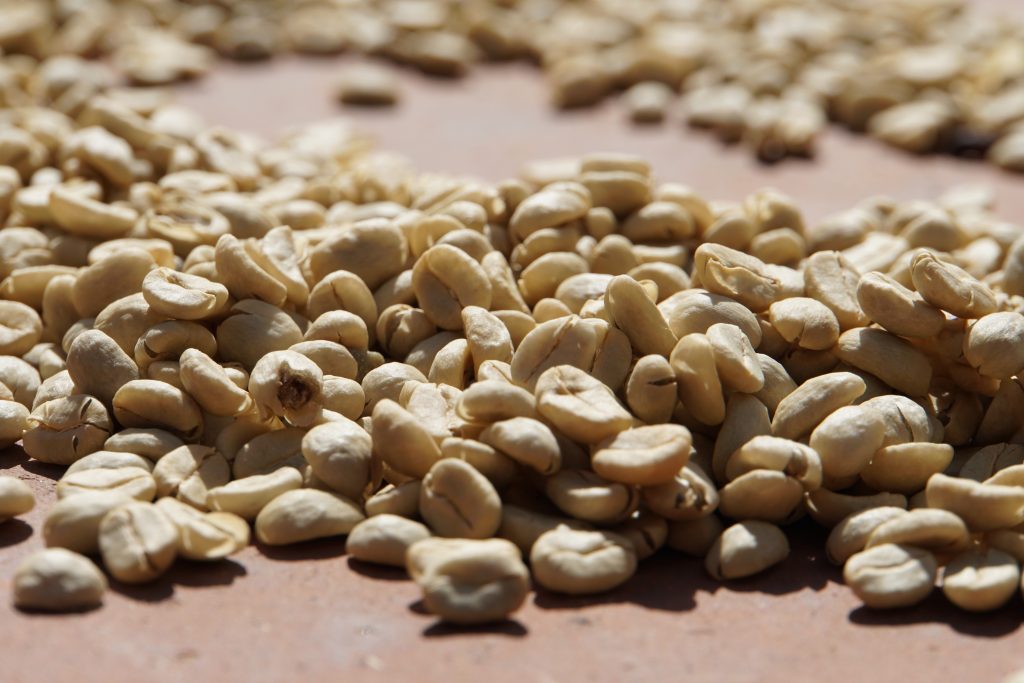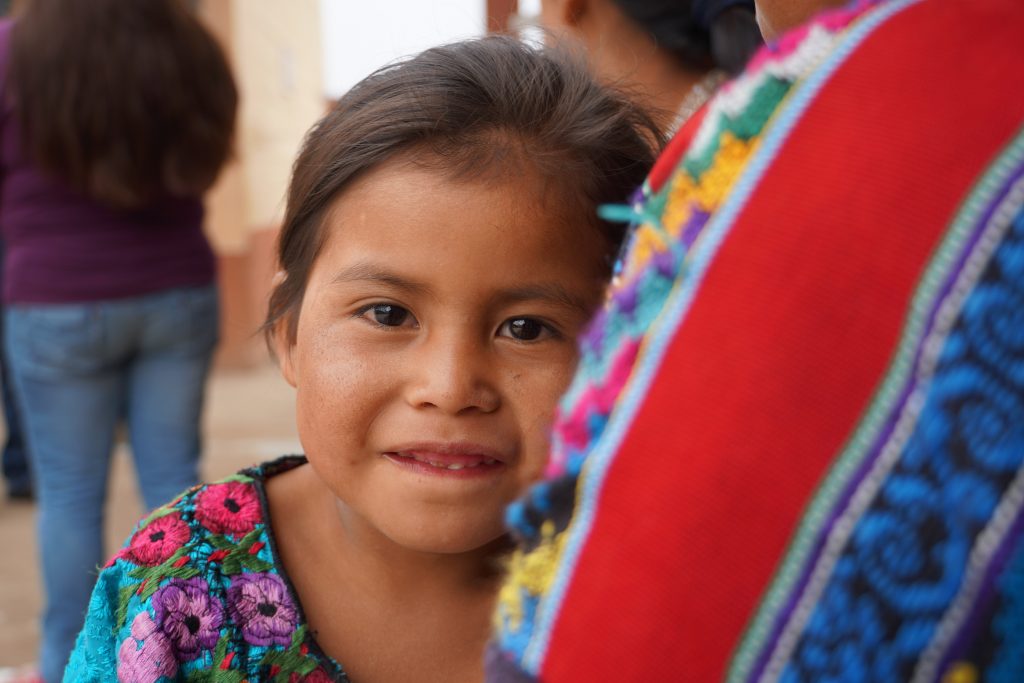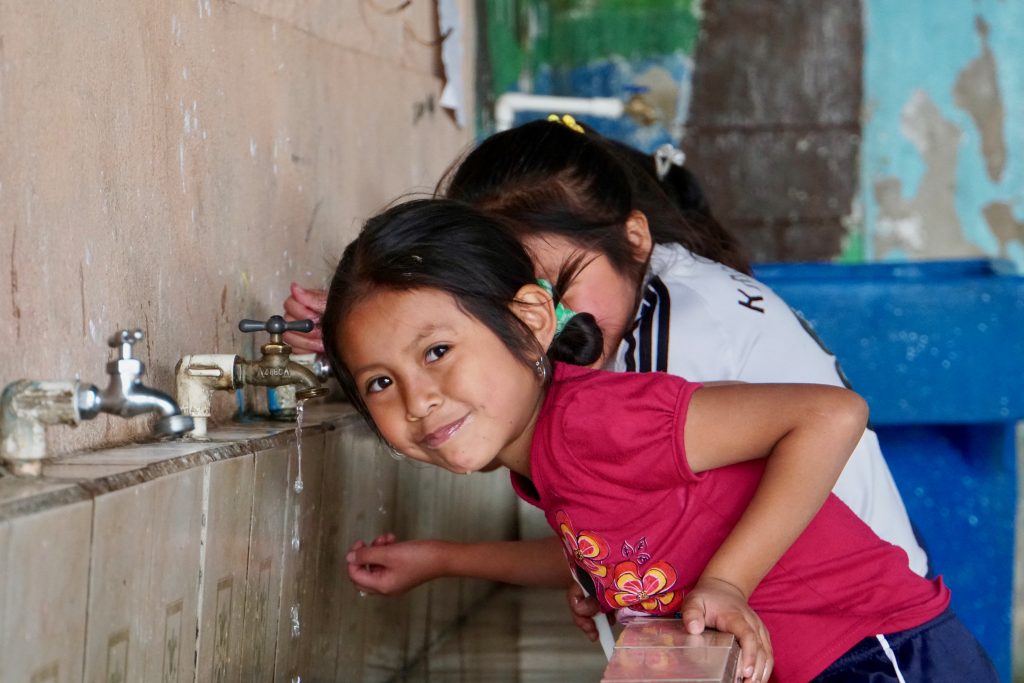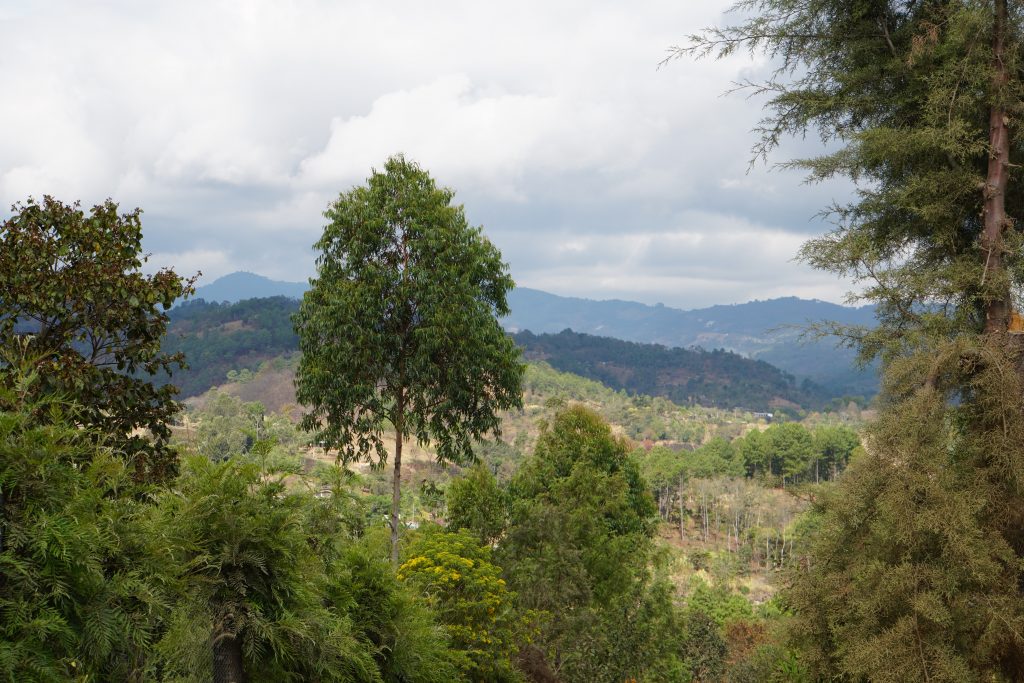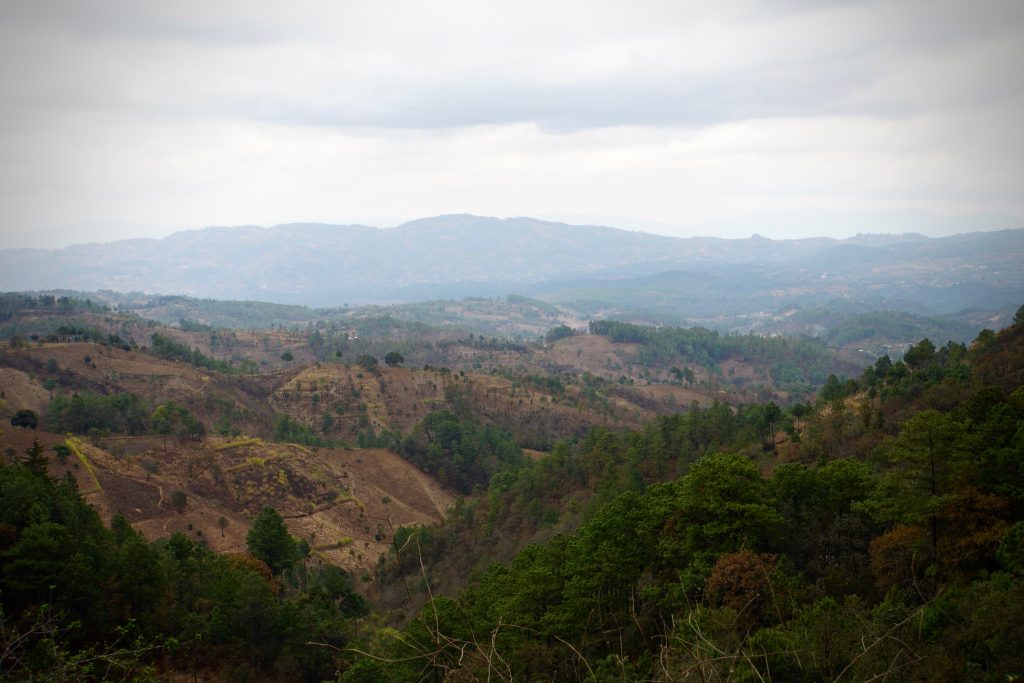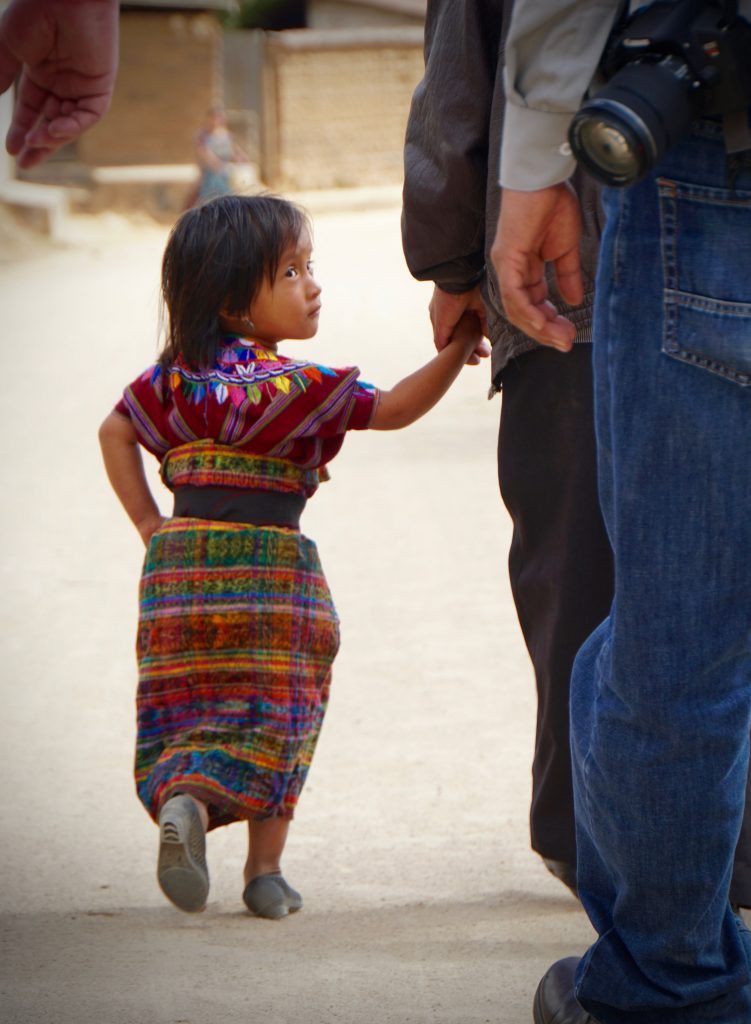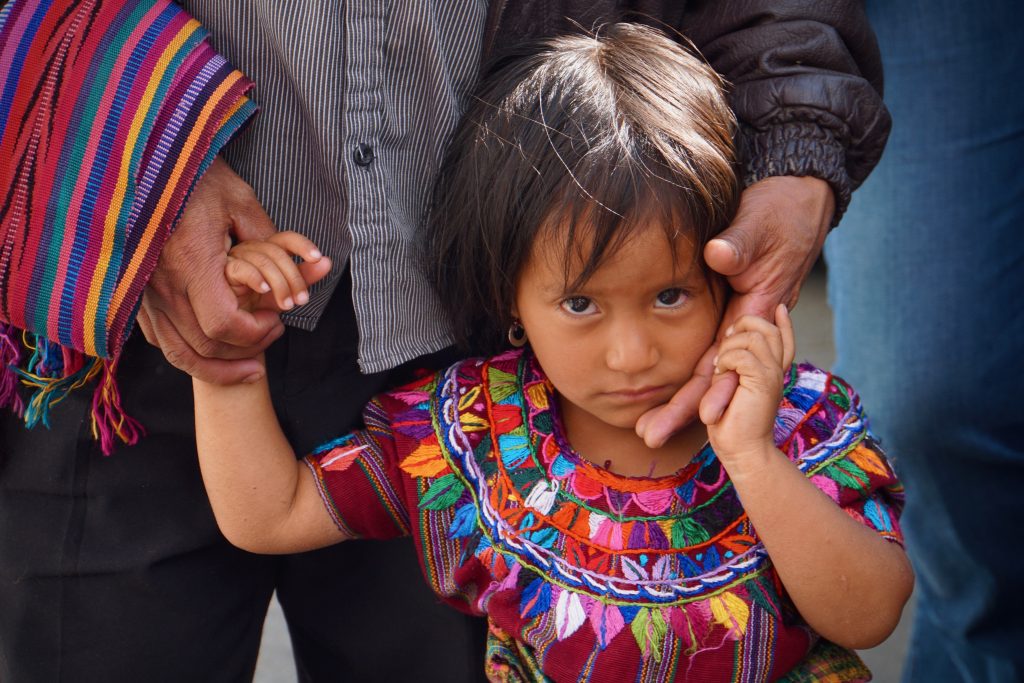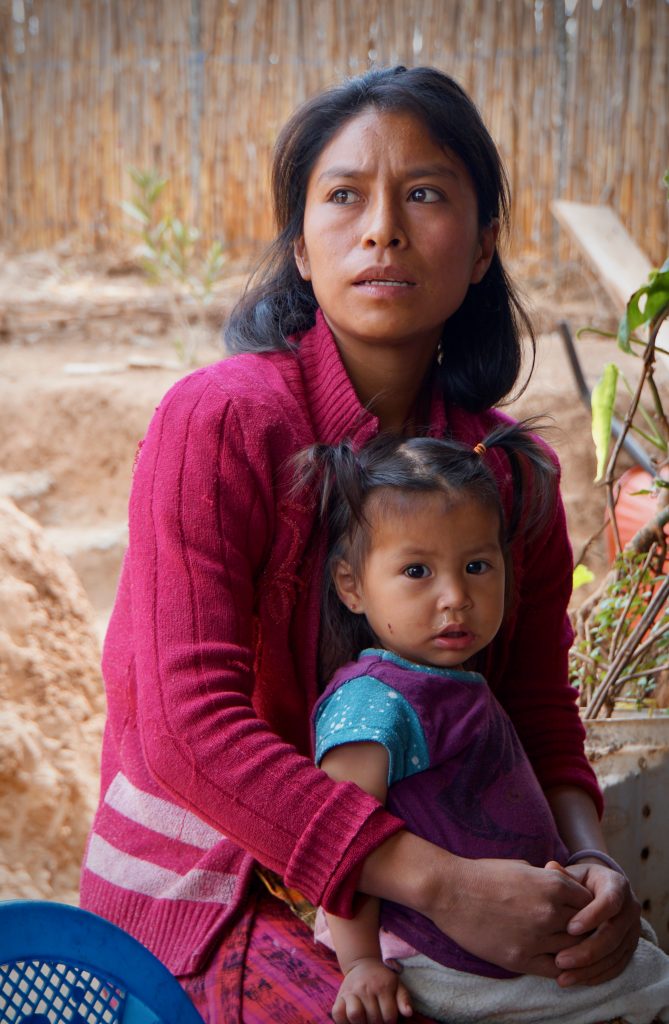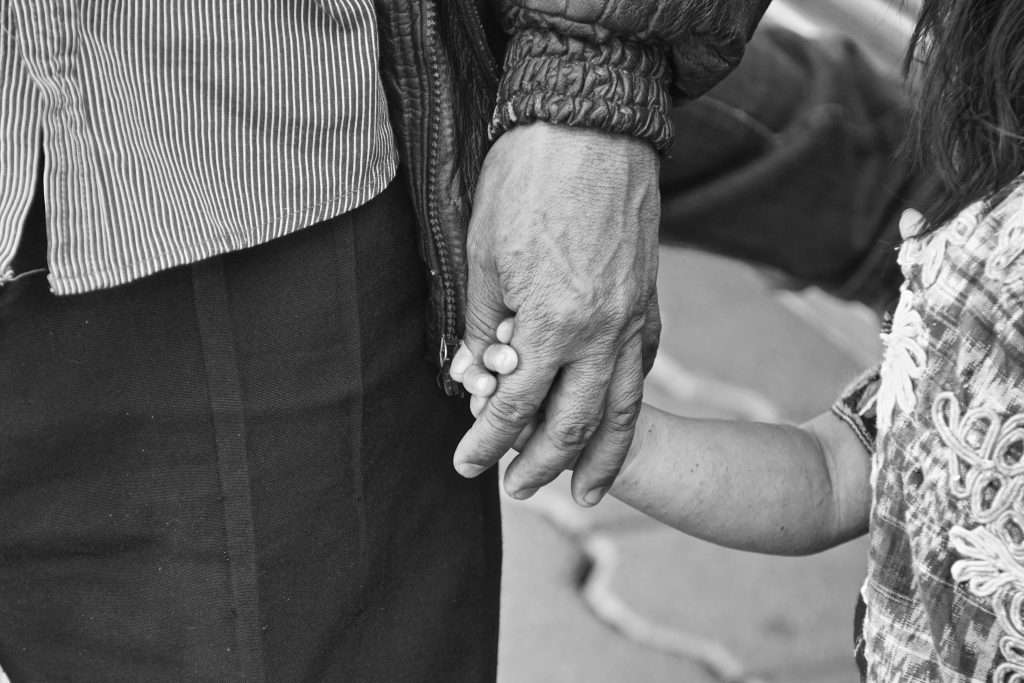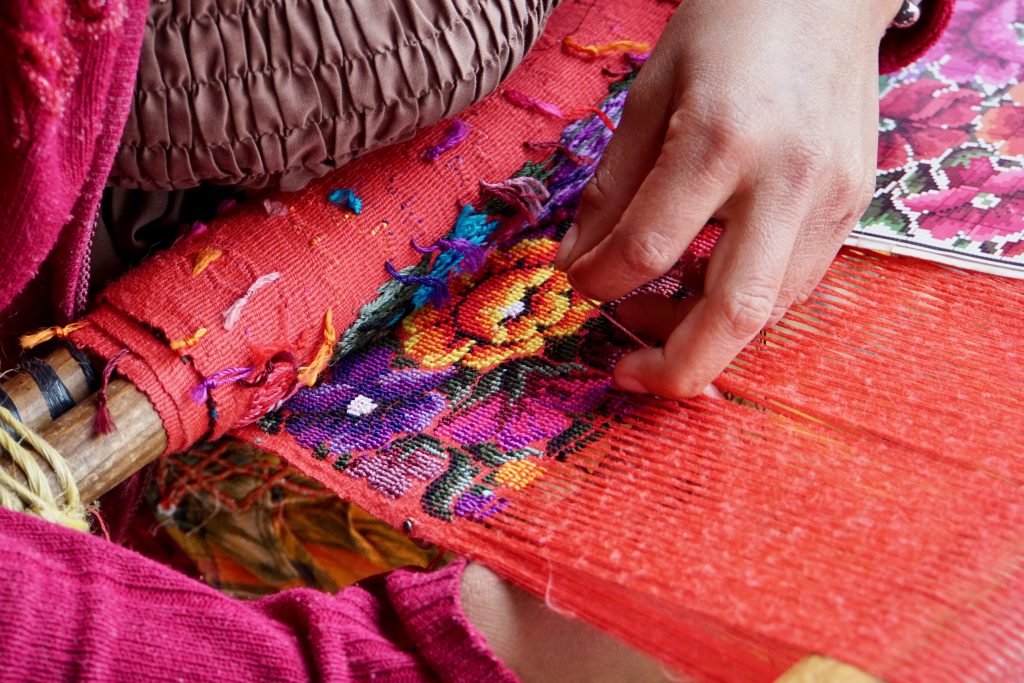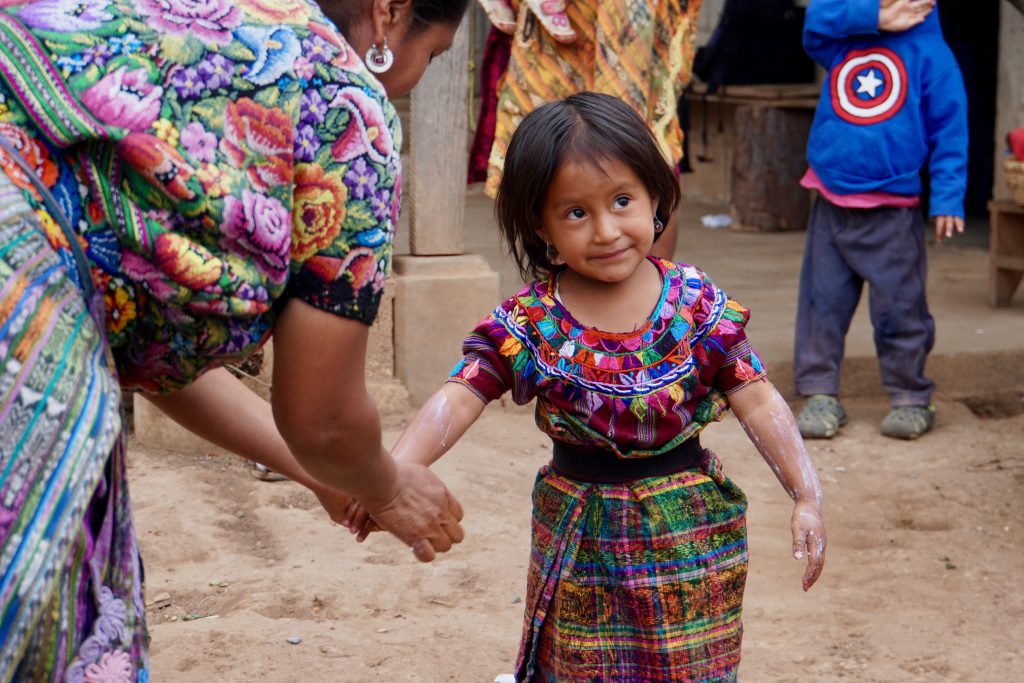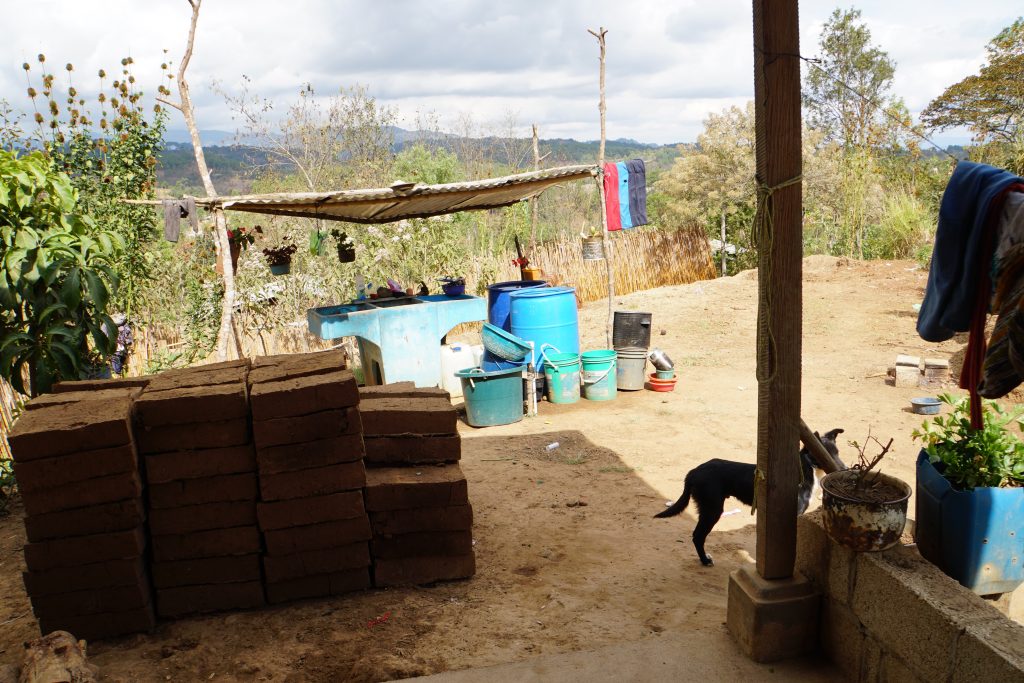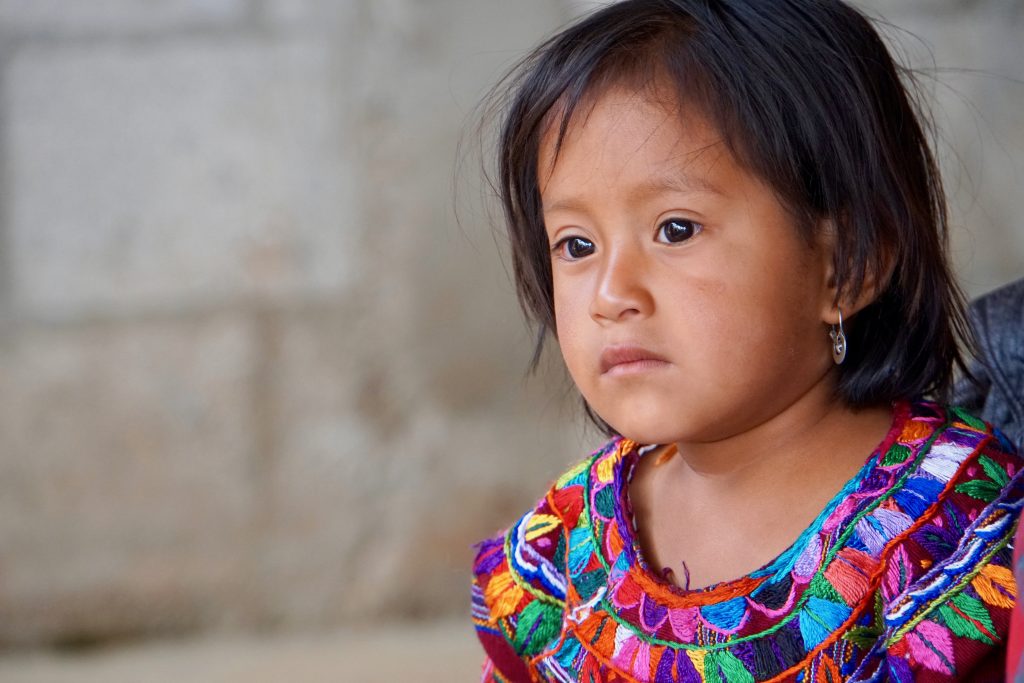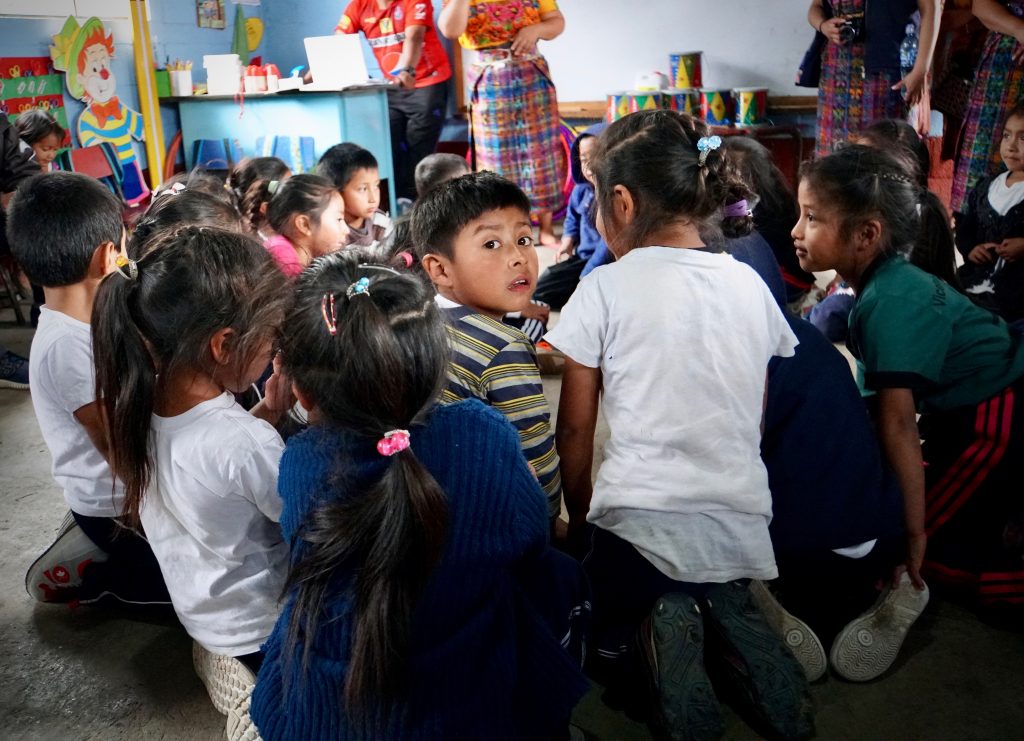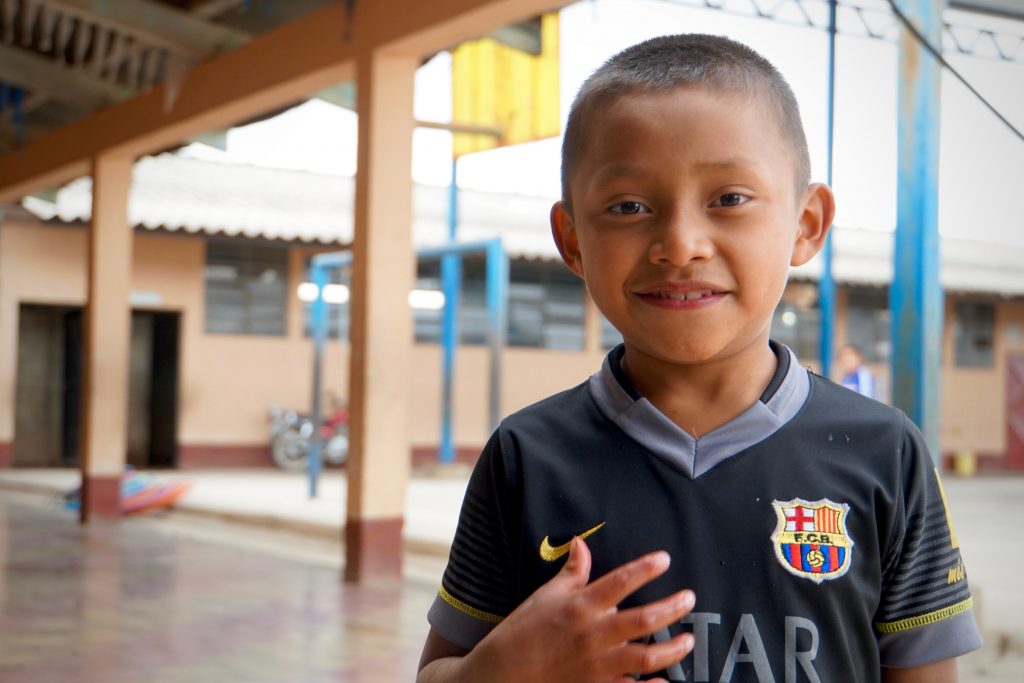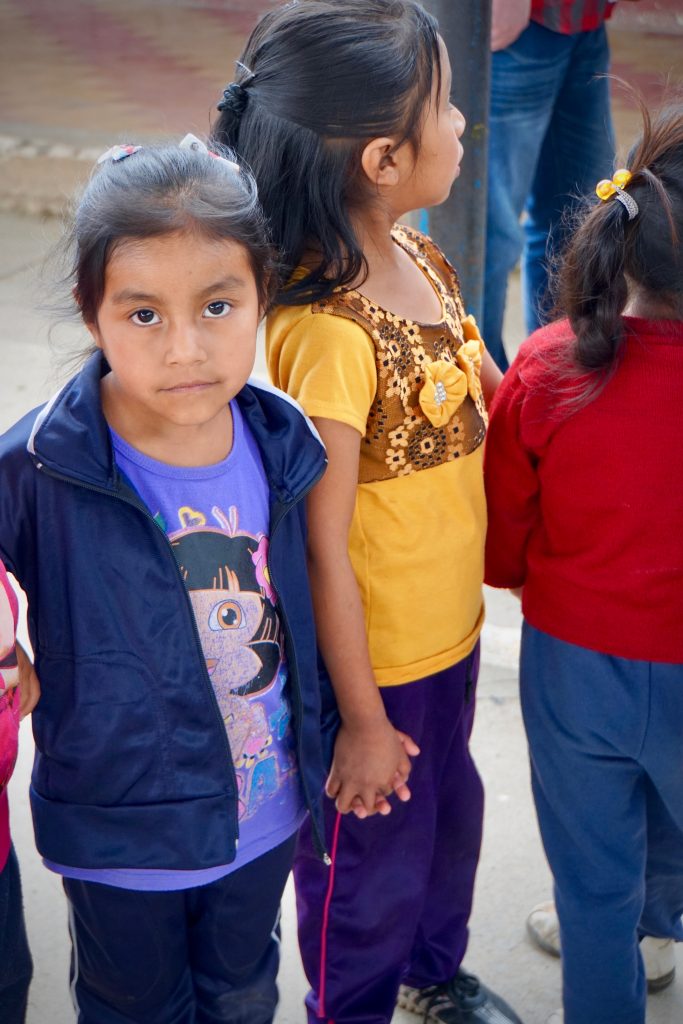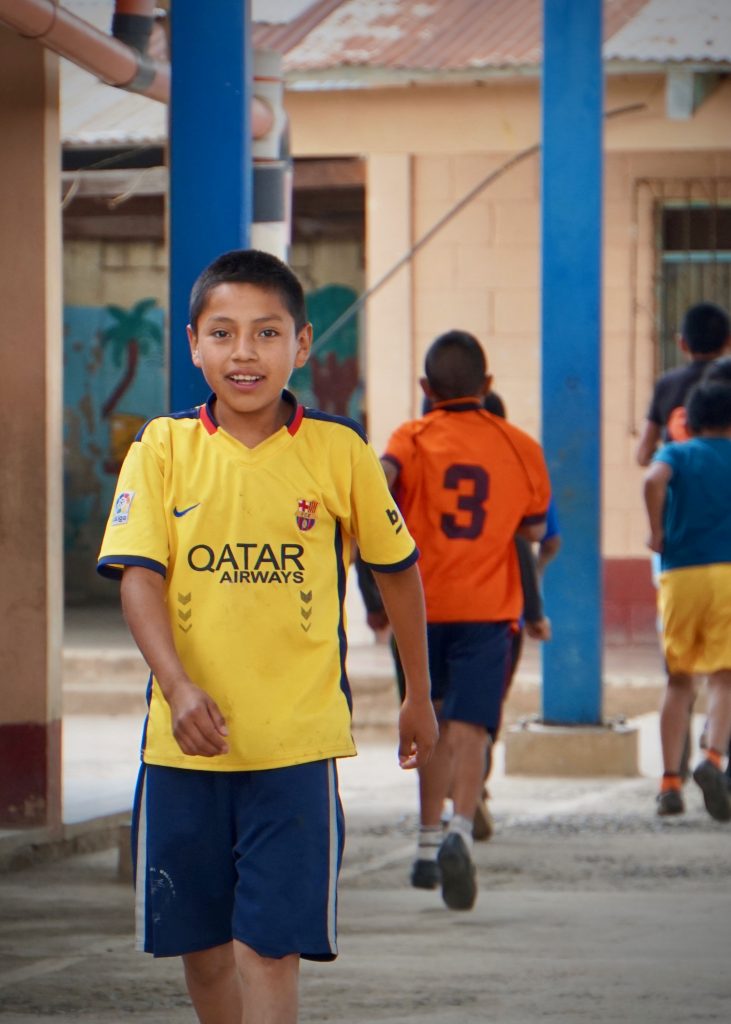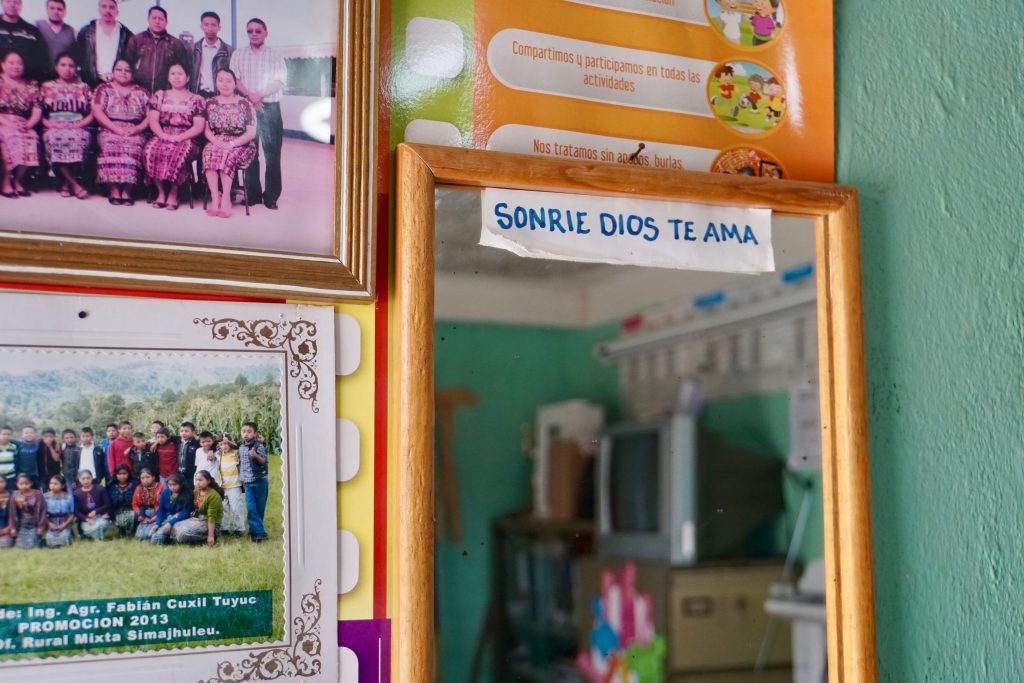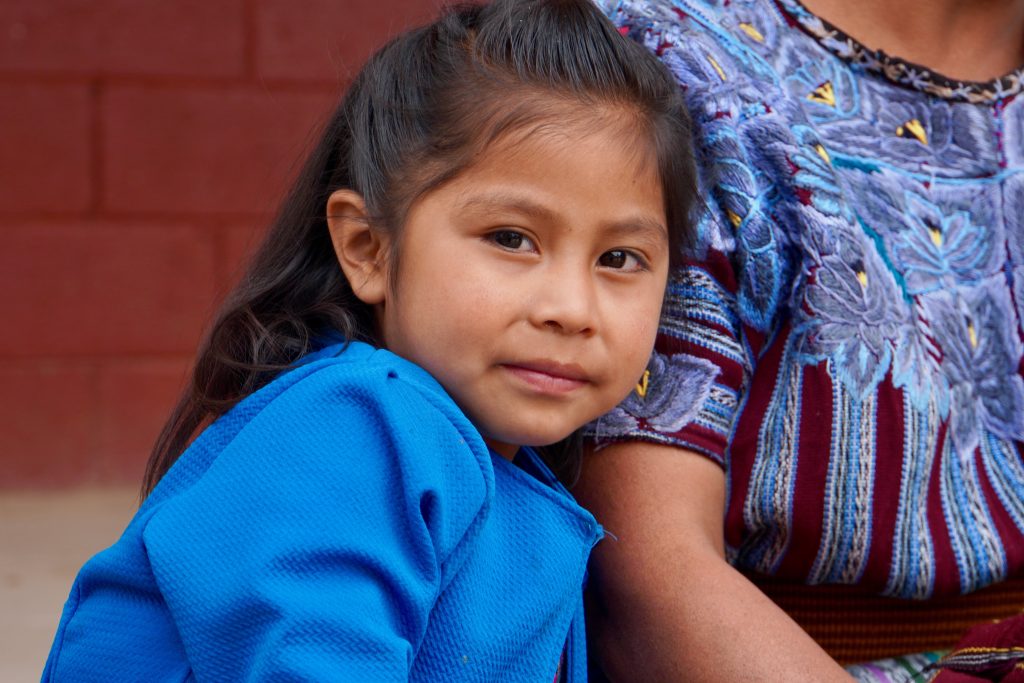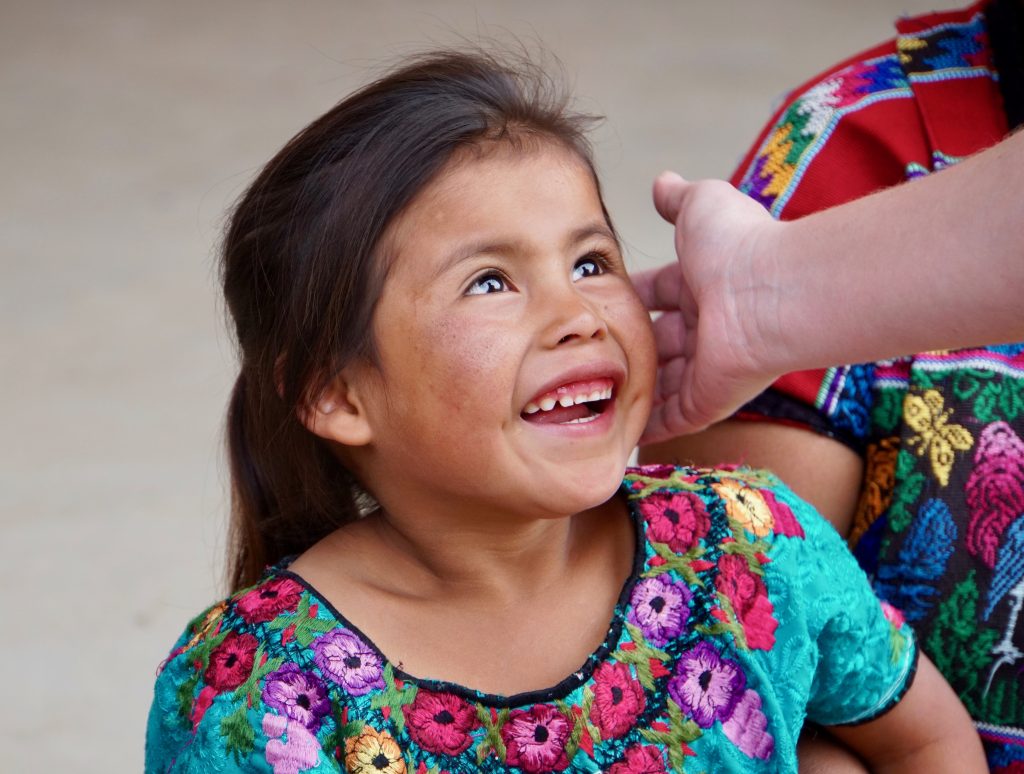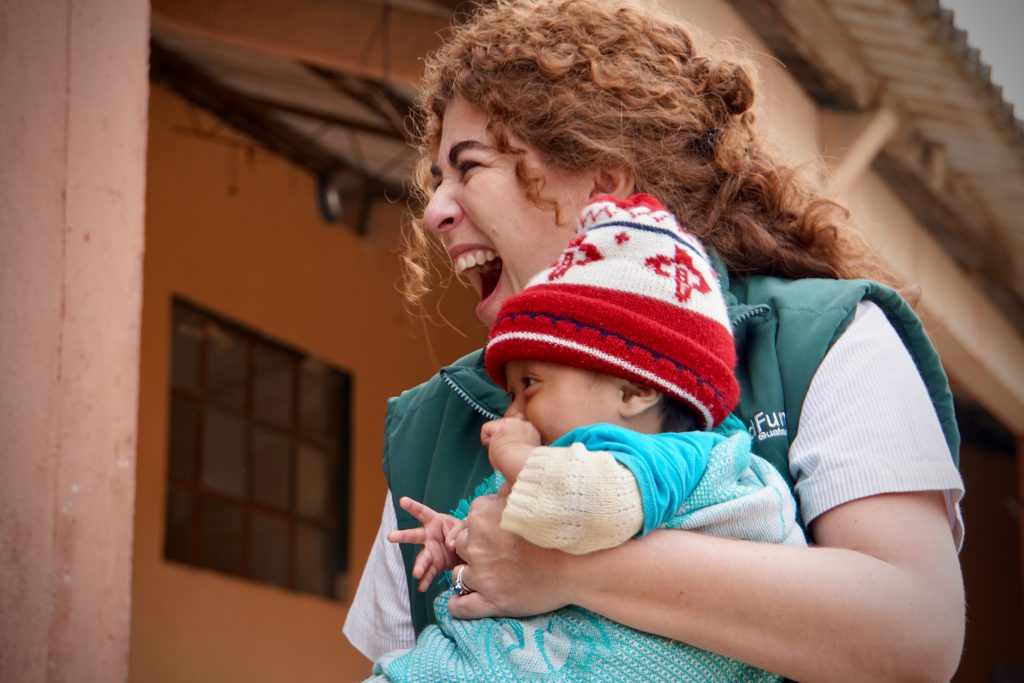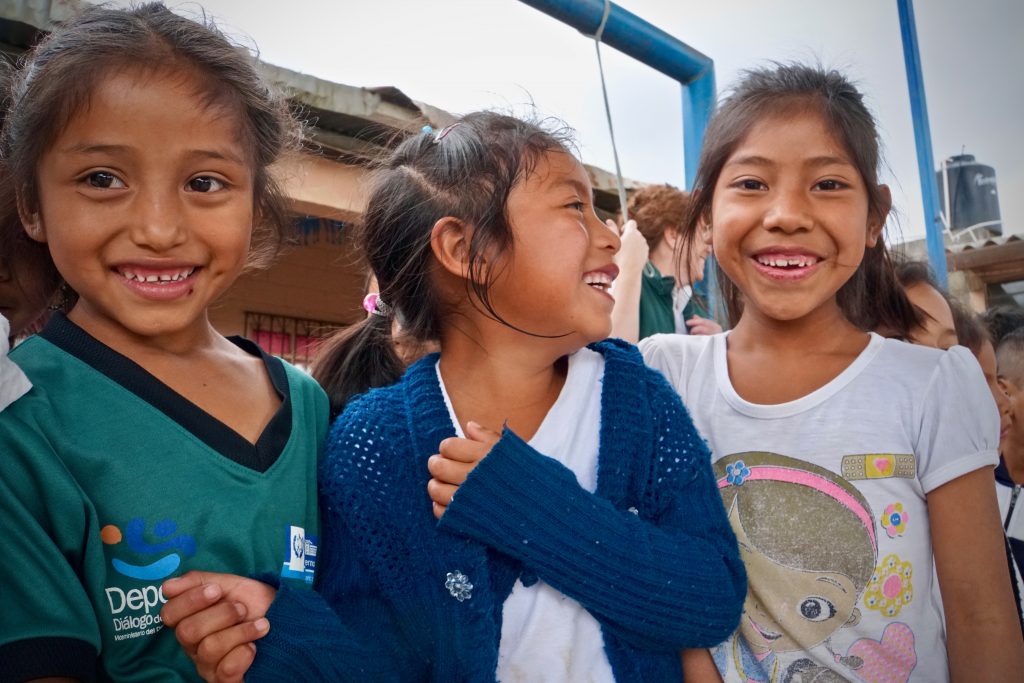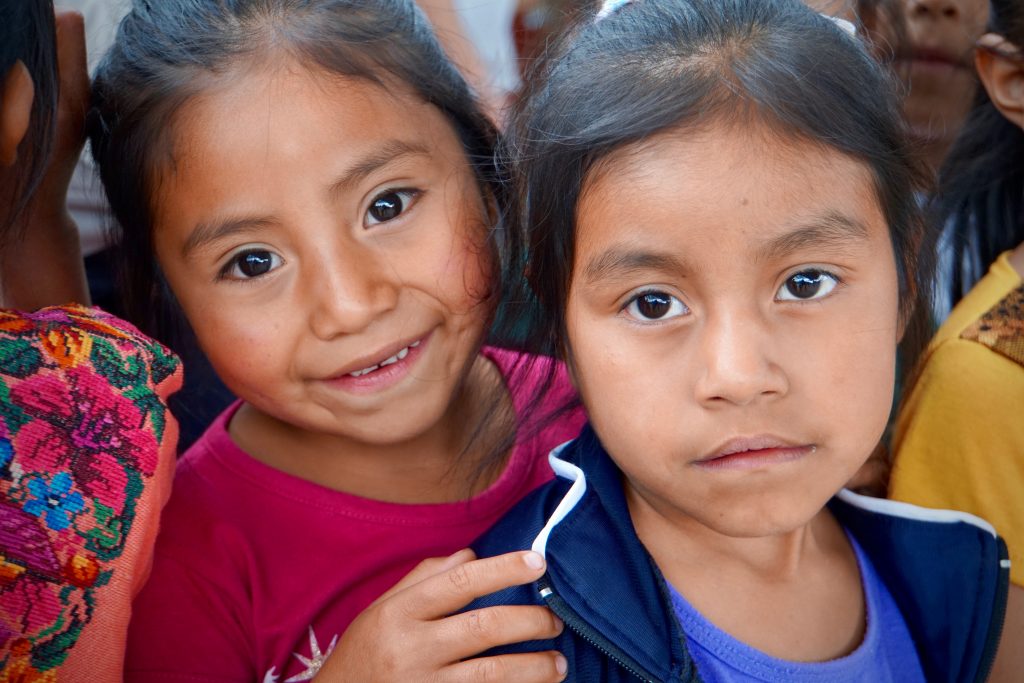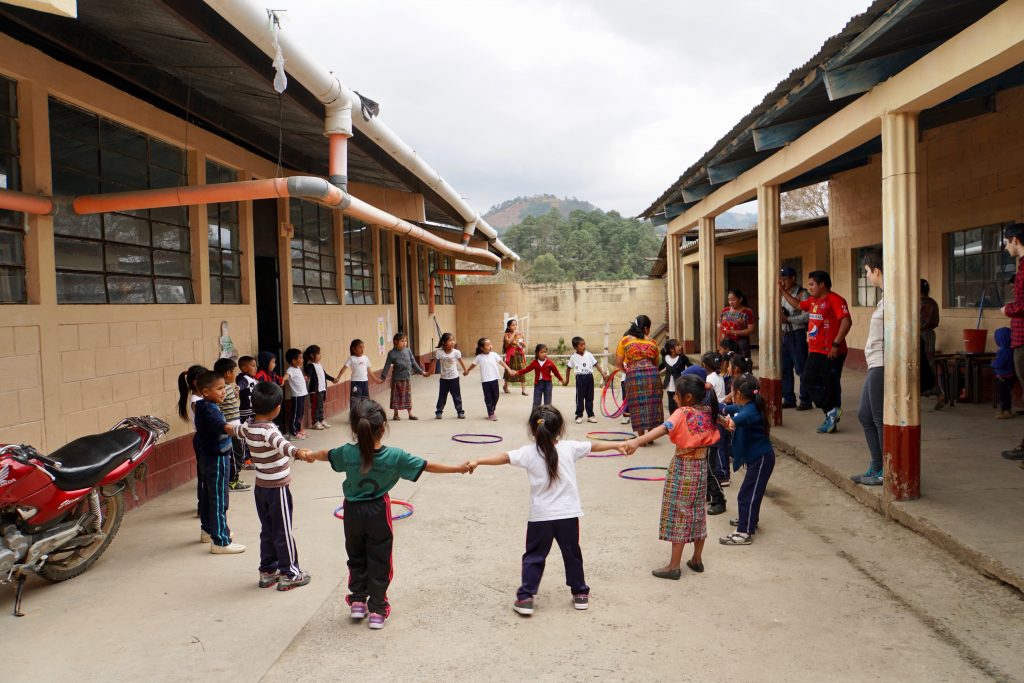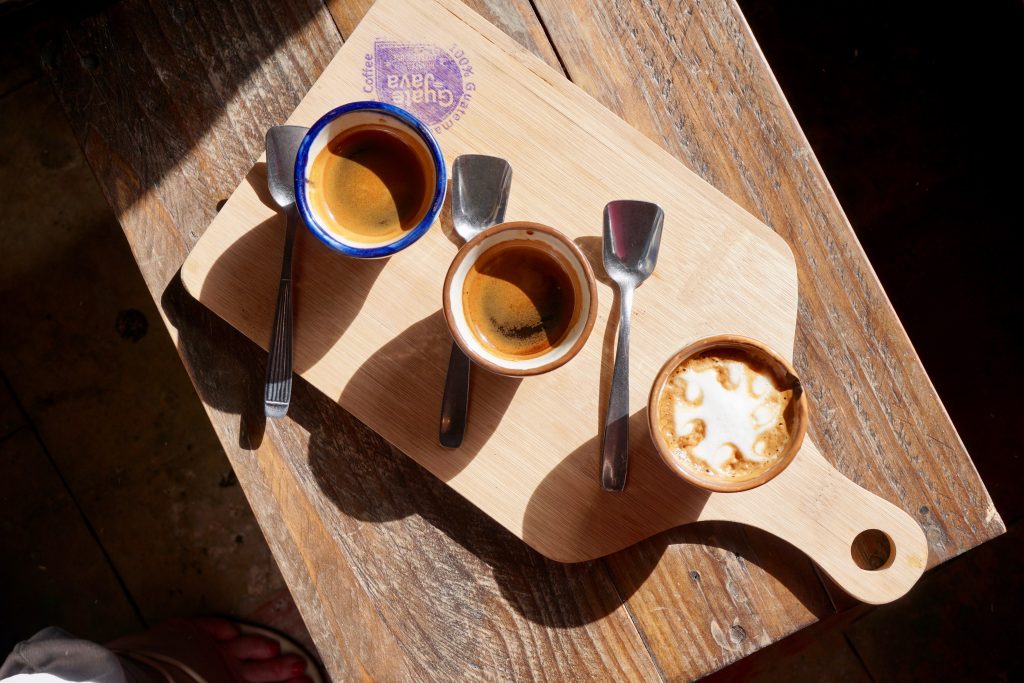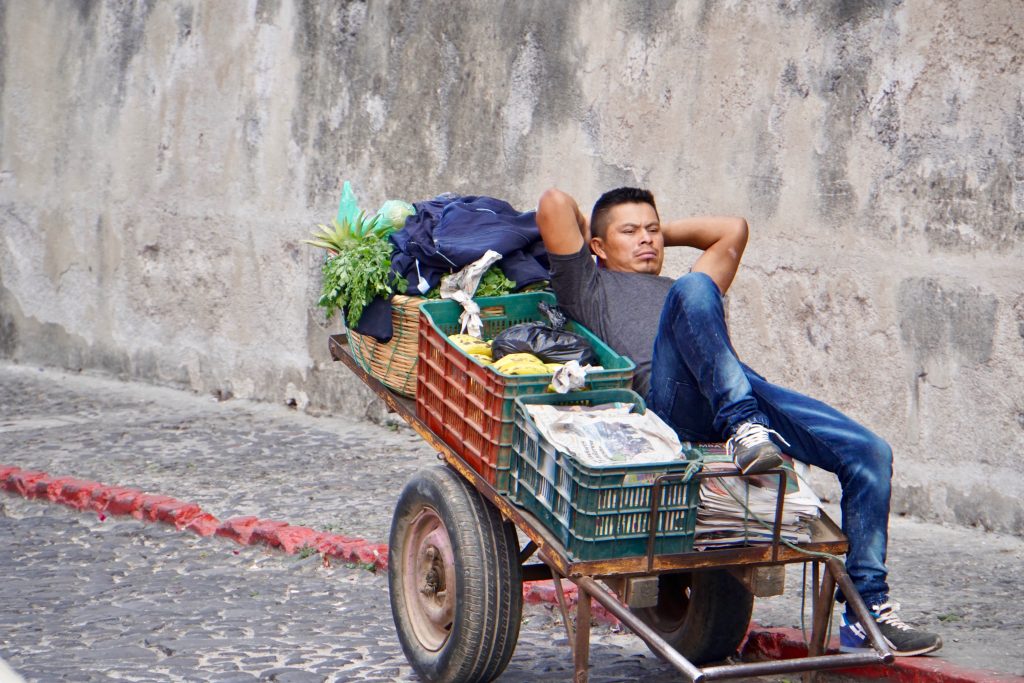This piece was originally published here in Barista Magazine‘s June/July 2017 Issue for Dillanos Coffee Roasters. The version below features additional photos.
In coffee, the world becomes smaller.
It’s easy, natural, to think of our community as the one directly around us: the one built in common coffee houses in familiar locales, but coffee has a story long before it reaches us in Washington. The community begins in other parts of the world where the coffee is grown. Dillanos Coffee Roasters cares a lot about positively impacting the communities we’re part of, from origin to Sumner, Washington to the communities in which their coffee is served. This takes on many forms, from providing coffee for community events across the country to creating “coffees for a cause” to support organizations that align with our mission and make the world better. At origin, this means working with ChildFund International to strengthen local groups carrying out initiatives to improve the quality of life and opportunities for children in coffee growing nations. For many years, each staff member has been matched up with an “adopted child” from a coffee growing country. Roasters, business development representatives, delivery drivers, and sales people all exchange letters with their adopted children or family, and Dillanos contributes to ChildFund’s work financially.
This Spring, I traveled to Guatemala with a team of Dillanos employees to visit a stunning coffee farm and get to know some of the families in the Western Highlands who are active participants in ChildFund programs we support. We were quite a group; David J. Morris (Dillanos Co-CEO), Phil Beattie (Director of Coffee and Green Coffee Buyer), Melissa Huston, Dillon Morris (Shipping Manager, David’s son, and inspiration behind the name of Dillanos), Zoe Morris (Packaging), and me. We arrived late—too late to see the scenery around us through the dark, took the hour or so drive from Guatemala to Antigua, and fell quickly to sleep.
Antigua was our home base. What a city. Brightly painted stucco buildings line each street, a perfect match for the colorful tablecloths and serving vessels used inside each restaurant and coffee house. We became regulars at Fat Cat where the coffee was excellent and the atmosphere even better. From the paintings on the walls to the people watching out the picture windows, it would be easy to waste away an entire day. Plus, the Japanese method iced coffees were just what the doctor ordered in the Guatemalan sun.
The Coffee Farm: Finca El Cadejo
After a morning of coffee and wandering, we set out for Finca El Cadejo, just outside the city. This was my first trip to origin and I couldn’t have asked for a more poetic introduction. Behind the towering gates to the farm, we found what can only be described as a wonderland. Mario Rodas Hegel greeted us, welcoming us to the property where he and his family have lived for generations.
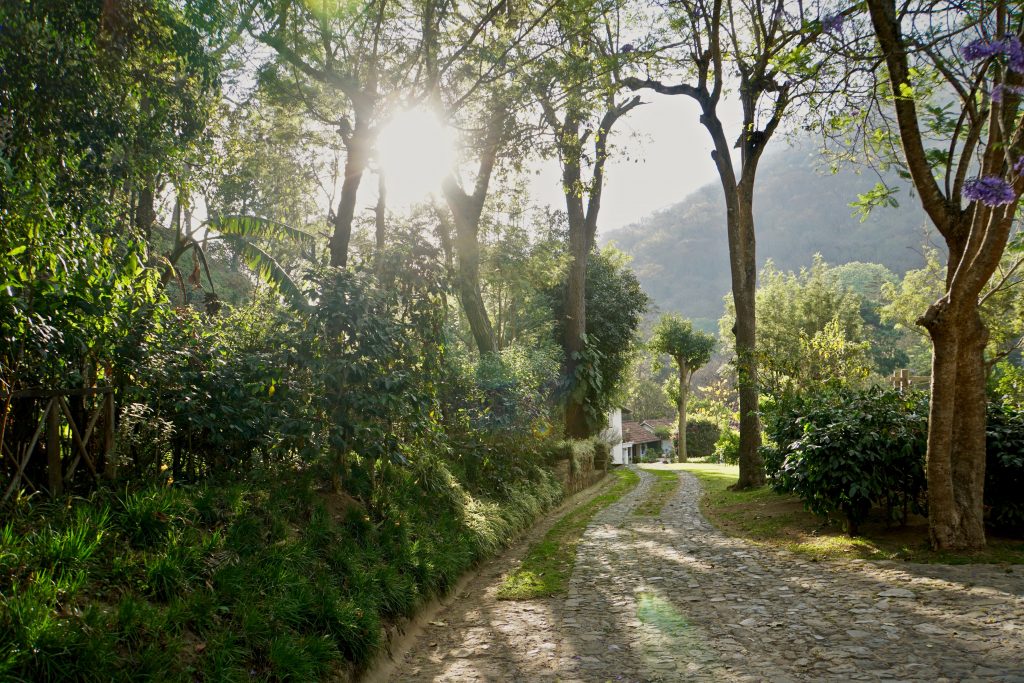
Your average coffee farm may be a little esoteric, but Mario and his family have created a functional and strikingly beautiful space. The path from the entrance to the mill, the drying patios protected by restored ruins, the cupping lab atop the processing facility with windows looking out upon fields: it all feels a bit whimsical, like you’re in a grownup tree house as you cup, and a fairytale as you wander the grounds.
Mario showed us around, answering questions from the simple (generally mine) to the complex (often Phil’s) with equally helpful and kind responses. Phil, our Director of Coffee, first visited Finca El Cadejo a few years ago. “I was blown away by the thought put into the micro-mill. The layout, cleanliness, and attention to detail are remarkable. You can see at first glance the attention to detail that Mario possesses, and with a closer look you can see his genius in the wiring and water flow. Combine this breathtaking mill with fully equipped—and gorgeous—cupping lab, a farm that stretches to just over 1,900 meters above sea level… I expect some really amazing coffees to be coming out of here.”
ChildFund
Sunday evening we met with our local ChildFund contacts for the first time. Gaby (Gabriela) Garcia is the Partnership Portfolio Manager for Guatemala, and Luis Cocon is a Senior Sponsorship Specialist.
Luis grew up in one of the villages we were set to visit the following day and his connection to ChildFund’s work is clear. “The people in these villages—many are so consumed with meeting their most basic needs, they don’t have the luxury of dreaming. It is common for mothers to plan their entire days around hauling water for their families to drink. It is very different from what you are used to, but these families also have hope, and we want them to feel free to dream.”
Luis was a child during the Guatemalan civil war, during which he and his family fled to live in the states until they were able to return to their family and community in Guatemala. Luis had learned English while living in the US, which led to his working as a translator for an aid organization. As he translated letters, he developed a passion for work like that of ChildFund—a passion clearly still burning today.
Gaby explains we will be meeting local coordinators in the villages; ChildFund supports the work of local organizations run by local people in order to gain more access and influence in communities. “We’ve found this to be much more sustainable,” Gaby explained. “Plus, it’s much better for solutions and growth to be coming from within the community. It’s not a stranger coming in and saying ‘Here is your problem, and here is my solution.’ It’s your neighbor saying ‘We have the same challenges and I think we can improve them.’”
ChildFund aims to keep children safe, healthy, learning, and hopeful. In Guatemala, only 68% of children who become students complete primary school, so the organization focuses on combatting financial barriers to education and even more on supporting parents in recognizing the value of schooling for the family. Local representatives volunteer to form play-and-learn groups where mothers exchange knowledge about hygiene, nutrition, and learning.
At seven o’clock the next morning, we loaded up into Gaby and Luis’ vehicles and were off to the Western Highlands. The roads were rough and winding, but the scenery never boring. As we approached the first village of the day, the views were stunning.
We first met Liliana and her mother and father and began a walk through the village to another family’s home where we met Luis Angel. Luis’ mother welcomed us to their home and invited us to sit and talk together. The family’s yard was filled with coffee trees; we would later learn they hadn’t harvested in two years due to leaf rust.
As we got to know one another, we learned that Liliana’s mother is a leader in her community, encouraging other families to support their children’s education and teaching other parents about properly washing their hands and cleaning items used for cooking. This mother shared with us how frightening and disheartening prevalent illness is to her and the families she works with. As any parent well knows, it makes it difficult to look ahead in life when a child is seriously ill. She spoke with pride and enthusiasm about the opportunity to help members of her community improve their own quality of life and seriously reduce these life-threatening health incidents. Her passion was unmistakable, authentic, and required no translator.
The day continued and we visited two more schools and met more children with whom Dillanos employees exchange letters. David put together a puzzle with a class and Phil played basketball with a group of boys. The principal of the school expressed how support for some of the children ends up benefitting them all when guide mothers teach all the parents about engaging children in meaningful ways, and hygiene practices become shared.
On the car rides between villages and back to Antigua, Gaby and I chatted about her role at ChildFund and experiences over the course of her life. She spoke frankly about the challenges that keep her up at night, her appreciation for sponsors, and the fulfillment her work brings her. “Our infant and school programs do make a difference in children’s lives. Having worked in this space for more than fifteen years, I can say the impact is visible: kids are more alert, they respond more quickly to direction and guidance, and are so clearly much happier.”
While the individual struggles of the families we support are very different—and hearing the stories of families in the villages was a perspective check—the fundamental trials and desires are very much the same and the joy of a child is as palpable in a poverty-stricken school operating without dependable electricity as it is here at home.
The culture and traditions of Antigua are as colorful as the architecture. We visited during Lent, when purple banners hang from buildings all over the city and tourists from around Central America and the world flock to this traditionally Catholic country. Each Sunday, a procession makes its way through the city. Clearly a tourist, I asked what time the procession took place and received confused stares in response. All day. The procession takes place all day. The closest relatable comparison is to a holiday parade in the US—only the floats, while similar in size to (or larger than) those pulled by vehicles in your town’s homecoming parade are carried on the shoulders of volunteers. These massive sculptures of sacred religious images travel up and down the streets of Antigua with countless participants and bands marching along and even more watching from the sidewalks. Beautiful carpets crafted from plants, fruits, bread, and other offerings are scattered down the streets. The procession continues into the late evening and culminates in the central square, where as a mass is given, there are vendors selling toys, snacks, and cigarettes.
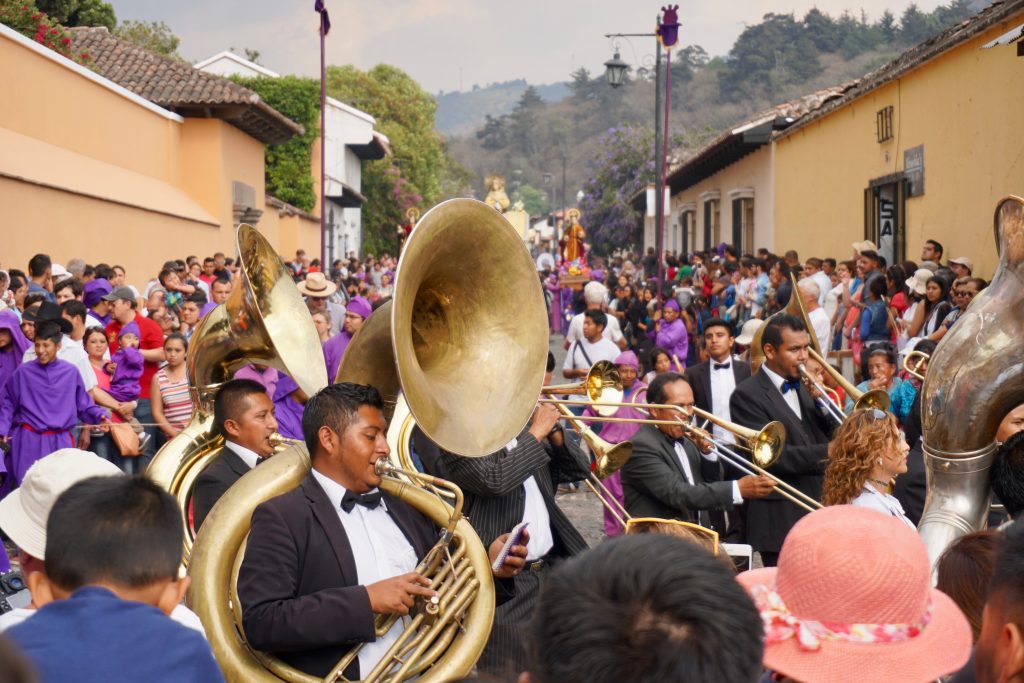
Throughout the trip, juxtapositions like this were common and were alternatingly jarring and beautiful. There are so many visible artifacts and expressions of the country’s religious history alongside very visible poverty. There are parents concerned about the potential effects of unknown illness on the sidelines of a court where their children laugh so hard they can’t breathe. Yards and yards of infected coffee trees less than a day from one of the most impeccably cared for farms any of us had ever seen.
Day-to-day, our origins can feel very distant. As we roast or package coffee, or create sales tools, or talk with customers, or pour beverages, we may not feel particularly connected to the point of origin of our latest micro-lot. Exchanging a letter with a child like Luis Angel or Liliana or Hugo or Fidelina changes that. It’s a perspective shift in the middle of work day. It’s a point of closeness with the places our producers call home.

